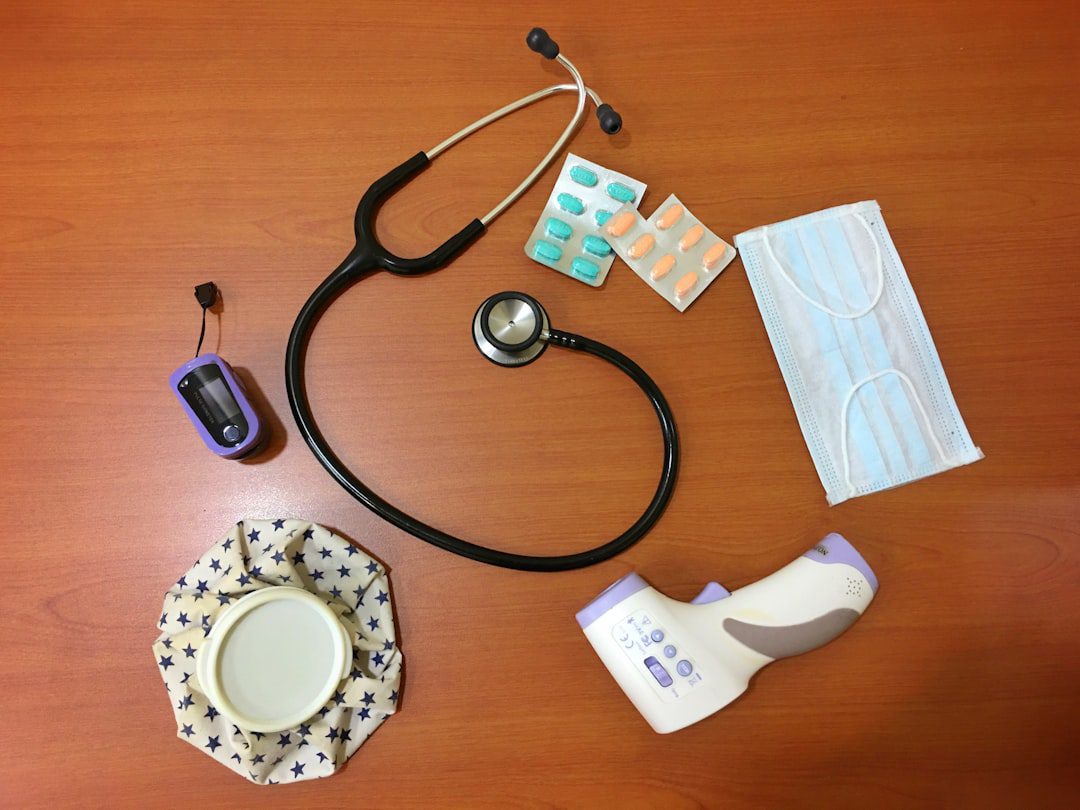
Major Medical Device Recalls Trigger Wave of Legal Action
The year 2024 has been marked by several high-profile medical device recalls that have not only impacted patient safety but have also resulted in significant legal consequences for manufacturers. Recalls involving BioZorb markers, Cartiva synthetic cartilage implants, Impella heart pumps, sterile water products, and Oxbryta (voxelotor) have generated substantial litigation, highlighting critical gaps in manufacturer compliance strategies.
These cases serve as stark reminders that recalls are not just regulatory events—they represent potential existential threats to medical device companies when compliance failures lead to patient harm.
Understanding the Legal Landscape Post-Recall
When medical device recalls escalate to lawsuits, manufacturers face allegations that typically center on:
- Failure to warn: Inadequate labeling or instructions for use that failed to communicate known risks
- Design defects: Fundamental flaws in device design that create unreasonable safety risks
- Manufacturing defects: Deviations from specifications that compromise device safety or effectiveness
- Inadequate post-market surveillance: Failure to monitor device performance and respond appropriately to safety signals
The Compliance Breakdown: What Went Wrong
These high-profile recalls share common compliance failures that medical device manufacturers must address:
Risk Management Deficiencies
Under ISO 14971, manufacturers must conduct comprehensive risk analysis throughout the device lifecycle. The lawsuits emerging from these recalls suggest that risk management processes may have been inadequate, failing to identify or properly mitigate foreseeable risks.
Post-Market Surveillance Gaps
FDA’s Quality System Regulation (21 CFR Part 820) requires manufacturers to establish procedures for receiving, reviewing, and evaluating complaints. The litigation patterns indicate potential failures in complaint handling and trend analysis that could have identified safety signals earlier.
Corrective and Preventive Action (CAPA) Shortcomings
Effective CAPA systems should prevent recalls by addressing systemic issues before they result in widespread problems. The recurring nature of some device-related issues suggests CAPA processes may not have been sufficiently robust.
Financial and Reputational Impact
Beyond immediate recall costs, manufacturers face:
- Legal defense costs and potential settlements
- FDA enforcement actions and consent decrees
- Market access restrictions
- Insurance premium increases
- Long-term reputational damage affecting future product launches
Actionable Compliance Strategies
To mitigate recall risks and potential legal exposure, medical device manufacturers should implement these critical measures:
1. Strengthen Pre-Market Risk Assessment
- Conduct thorough risk-benefit analyses using real-world data
- Engage clinical experts early in device development
- Perform comprehensive usability studies to identify use-related risks
2. Enhance Post-Market Surveillance
- Implement robust adverse event monitoring systems
- Establish proactive communication channels with healthcare providers
- Regularly review and update risk-benefit profiles based on post-market data
3. Optimize Labeling and Instructions for Use
- Ensure warnings accurately reflect all known and reasonably foreseeable risks
- Use clear, unambiguous language that healthcare providers can easily understand
- Regular update labeling based on post-market experience
4. Strengthen Quality Management Systems
- Implement predictive analytics for complaint trending
- Establish cross-functional recall response teams
- Conduct regular management reviews focused on product safety metrics
The Path Forward
The recalls and subsequent litigation of 2024 underscore that compliance is not merely about meeting regulatory minimums—it’s about building comprehensive systems that prioritize patient safety and anticipate potential risks. Manufacturers who view compliance as a competitive advantage, rather than a regulatory burden, are better positioned to avoid the devastating consequences we’ve witnessed this year.
As the medical device industry continues to evolve, proactive compliance strategies will become increasingly critical for sustainable business success and, most importantly, patient protection.


No comments yet. Be the first to comment!